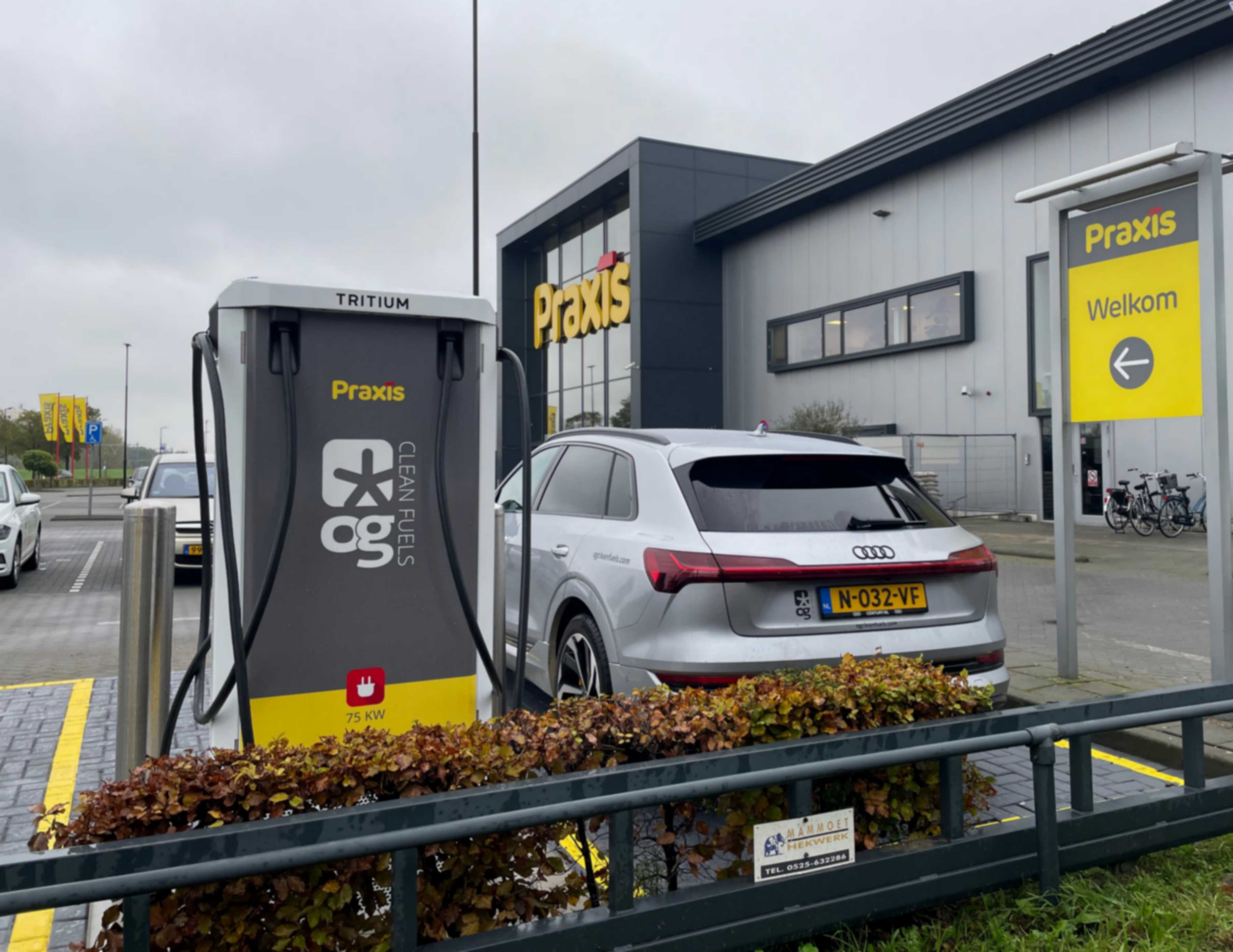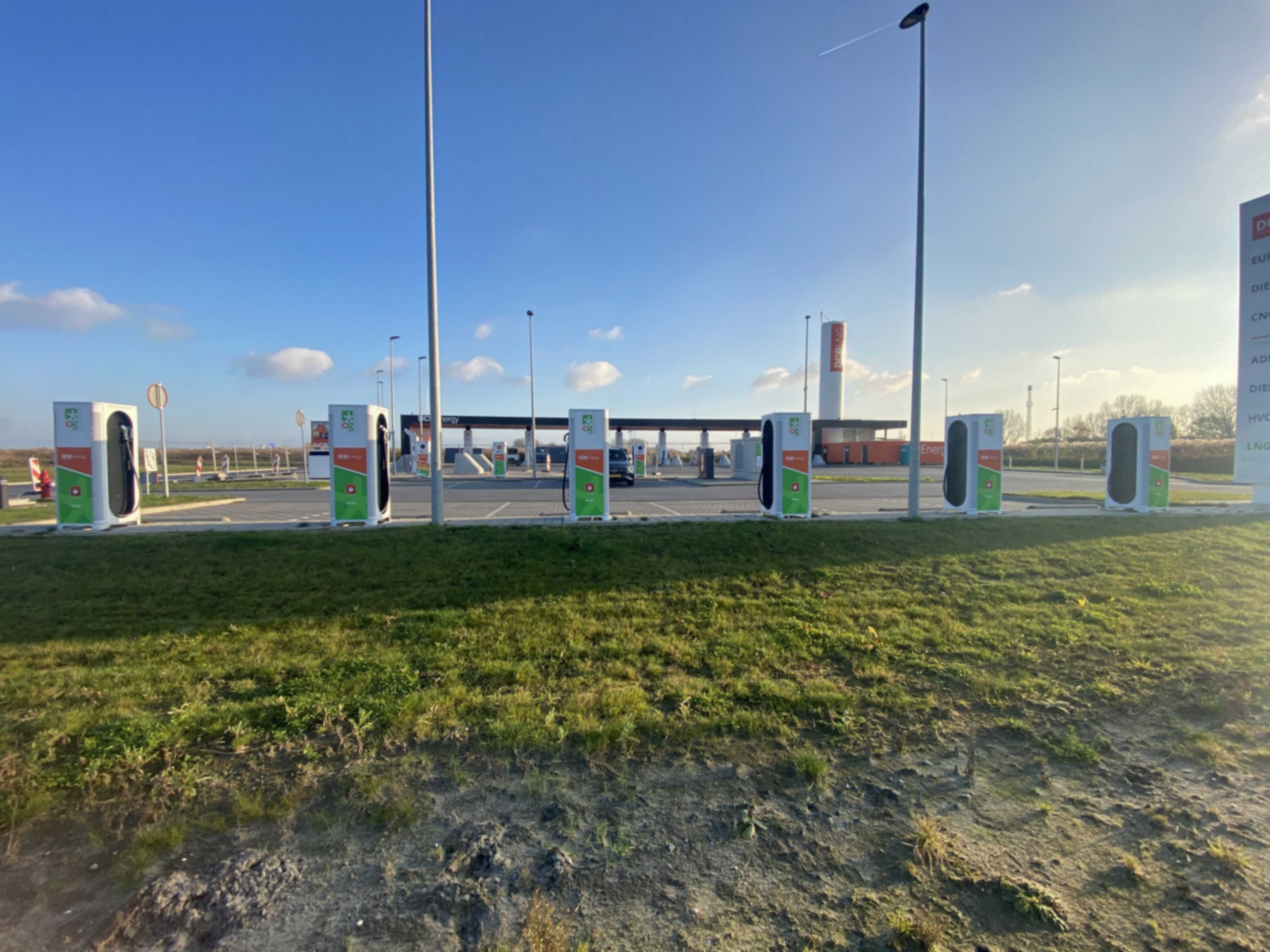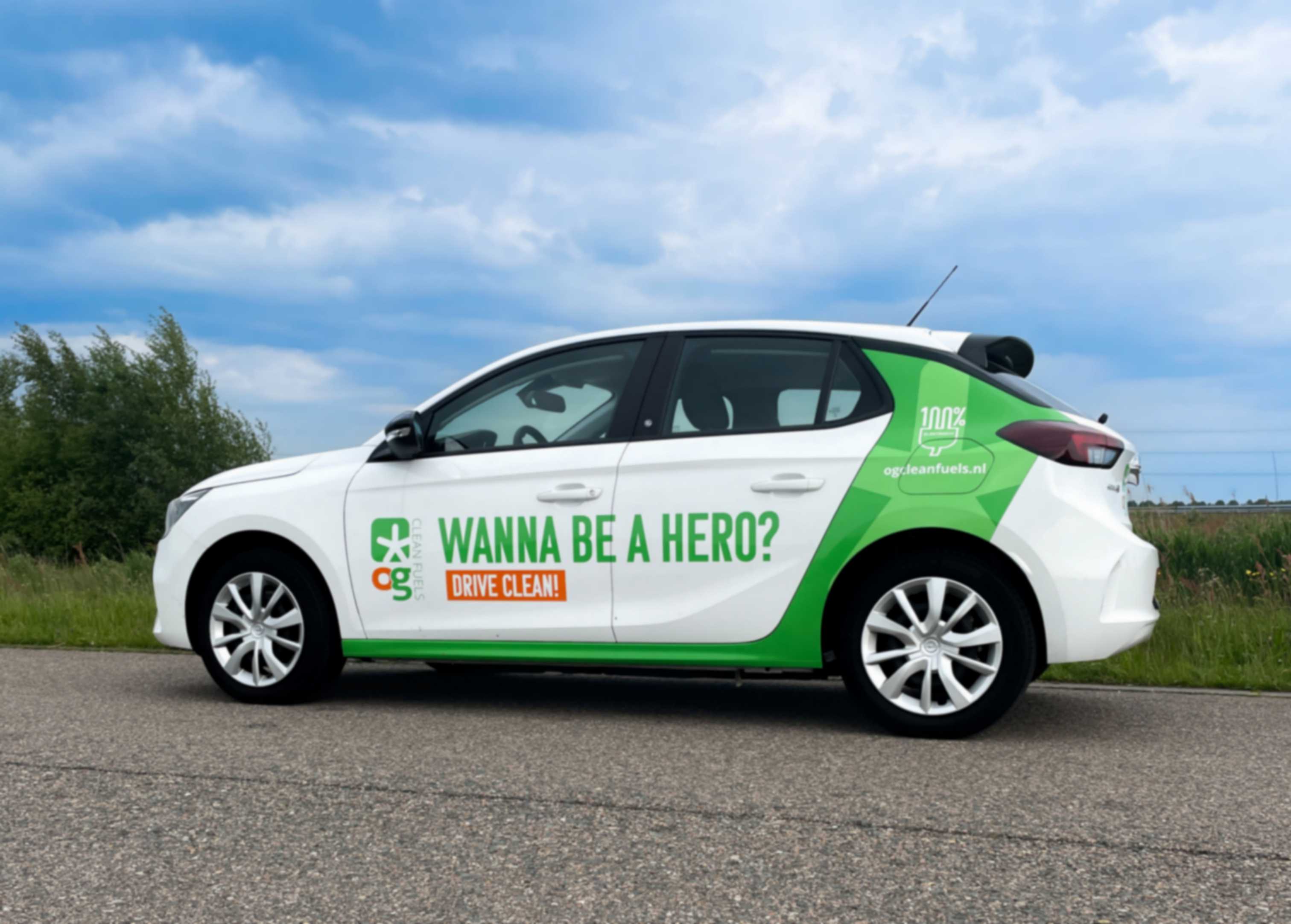Electric driving is a form of driving in which vehicles are powered by electric batteries instead of internal combustion engines. Instead of using traditional fuels such as gasoline or diesel, electric vehicles use electricity as a fuel. The electricity is stored in rechargeable batteries, which serve as an energy source for the vehicle.
At OG you charge green electricity purchased from farms that generate wind energy.












